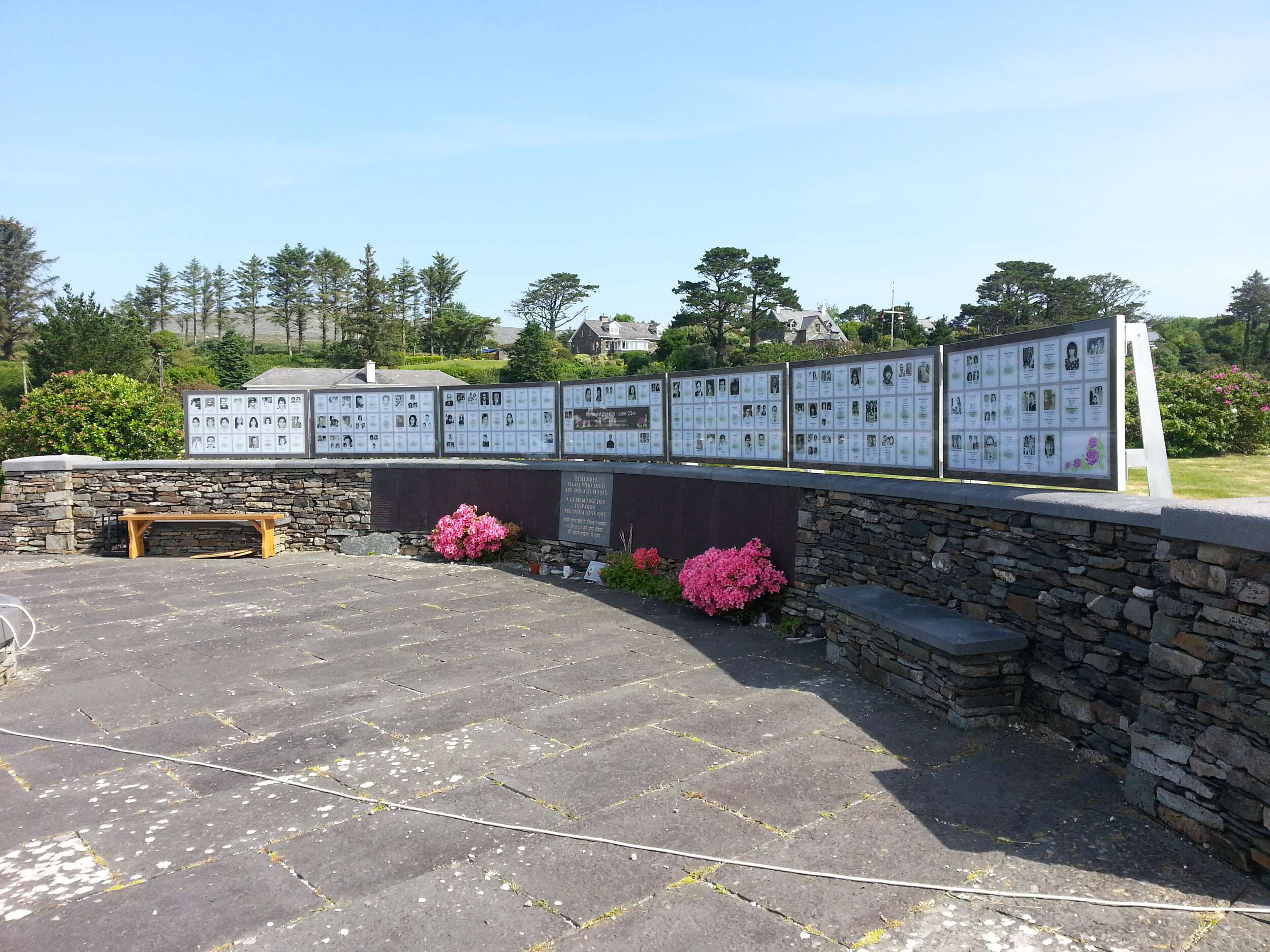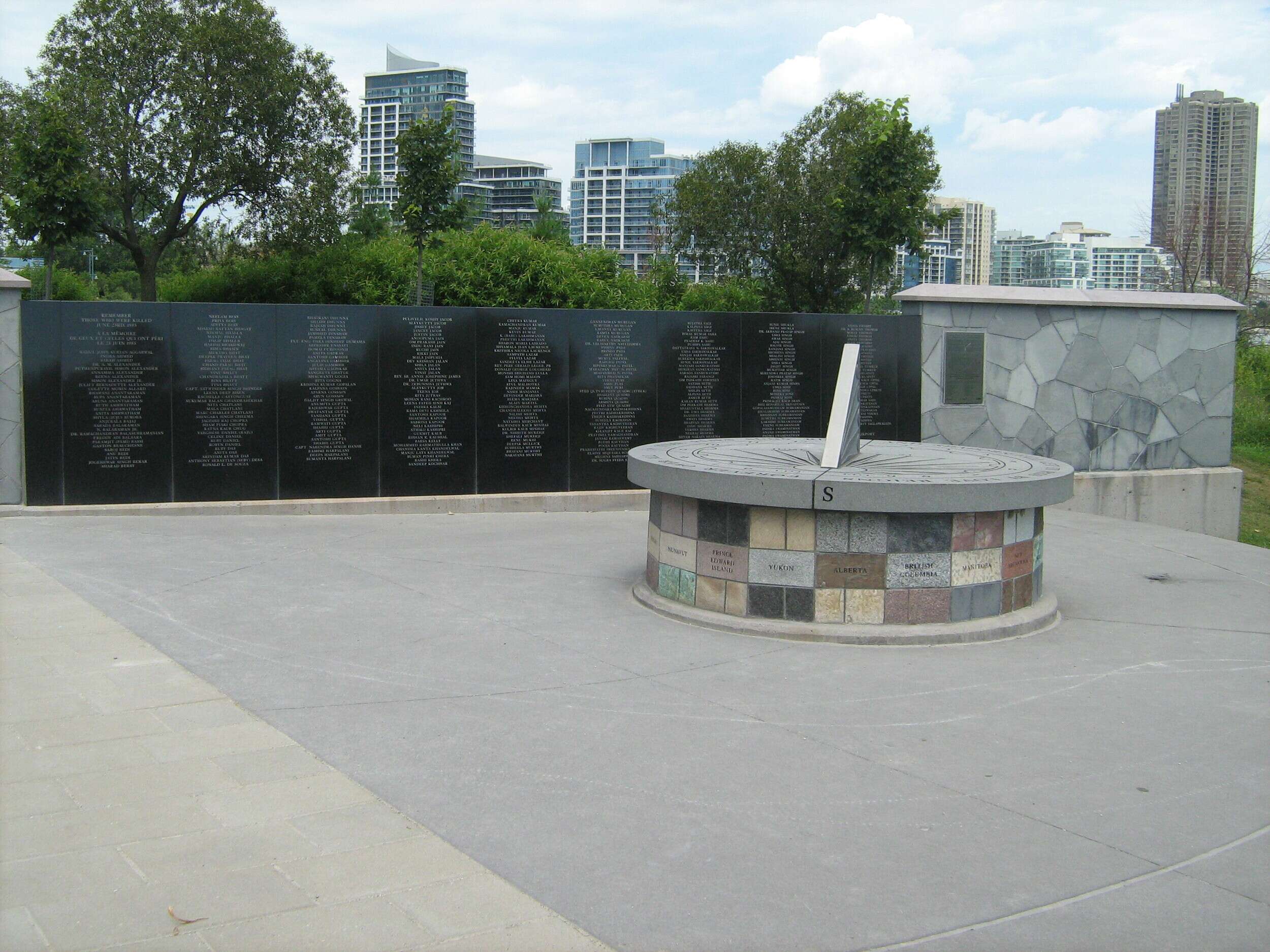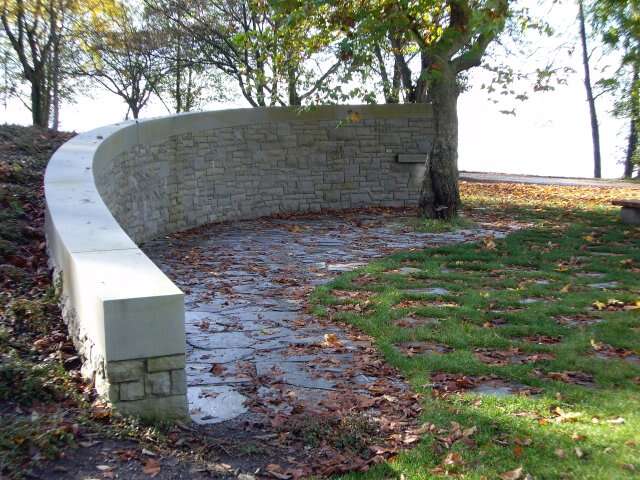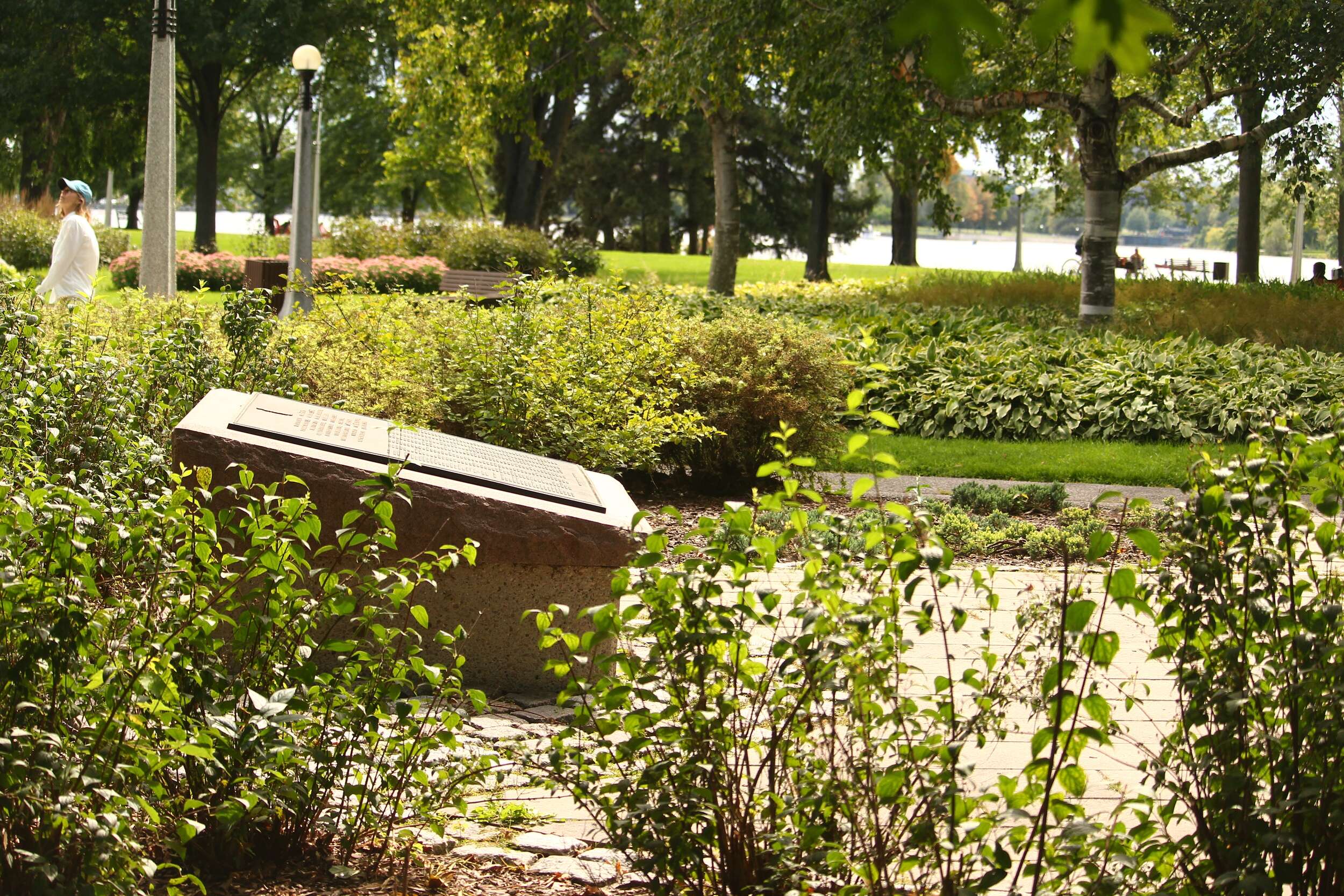Memorial Sites
Information Box Group
Memorial sites and annual gatherings on June 23 are made possible by the tireless efforts of families.
Information Box Group

Ahakista, Ireland Learn More
1986 First memorial
Dunmanus Bay, West Cork, Ireland

Toronto, Ontario Learn More
2007 Canada’s first memorial
Humber Bay Park, Etobicoke

Vancouver, British Columbia Learn More
2007
Stanley Park

Ottawa, Ontario Learn More
2008
Commissioner’s Park, Dow’s Lake

Montréal, Québec Learn More
2011
Monk Island, Lachine
History
History
While commemorative plaques honouring the victims of the Air India tragedy existed in Ottawa and Toronto prior to the creation of state-funded memorials, they were not well known by the general Canadian public.
Ottawa’s memorial was placed flush to the ground and difficult to locate near Dow’s Lake. In Toronto, a plaque was placed onto a small stone in front of Queen’s Park. These high traffic sites were not conducive for quiet contemplation or personal reflection, nor were their modest presentations visible to most onlookers.
Many families took an annual pilgrimage to Ahakista, Ireland, but as most victims’ families and friends were Canadians, there was a desire for memorials closer to home.
Information Box Group

In 2005, Jayashree Thampi became a driving force for a new memorial in Toronto closer to the waterfront. In the multi-year process dealing with municipal, provincial, and federal levels of government, Thampi worked with government officials as well as in consultation with the Air India 182 Victims’ Families Association towards erecting three new memorials and refurbishing the existing one in Ottawa.
New locations and designs were chosen for Toronto, Vancouver, and Montreal to serve the majority of the families and where they lived, while Ottawa’s memorial would be raised off the ground and onto a pedestal with new landscaping.
The original memorial in Ahakista would serve as inspiration for the one in Toronto and, being near a body of water, would be consistent for all four memorials to better reflect the original intention of remembering those lost at sea.
Annual commemorations are still held at each site, with each city differing in their approach from informal speeches to official remarks and representation from High Commissions and the RCMP.
PHOTO BY AMBER DEAN
Credits
The following texts are by Amy Fung, currently a PhD candidate at The School of Indigenous and Canadian Studies, Carleton University, researching public memory and racialized loss.

